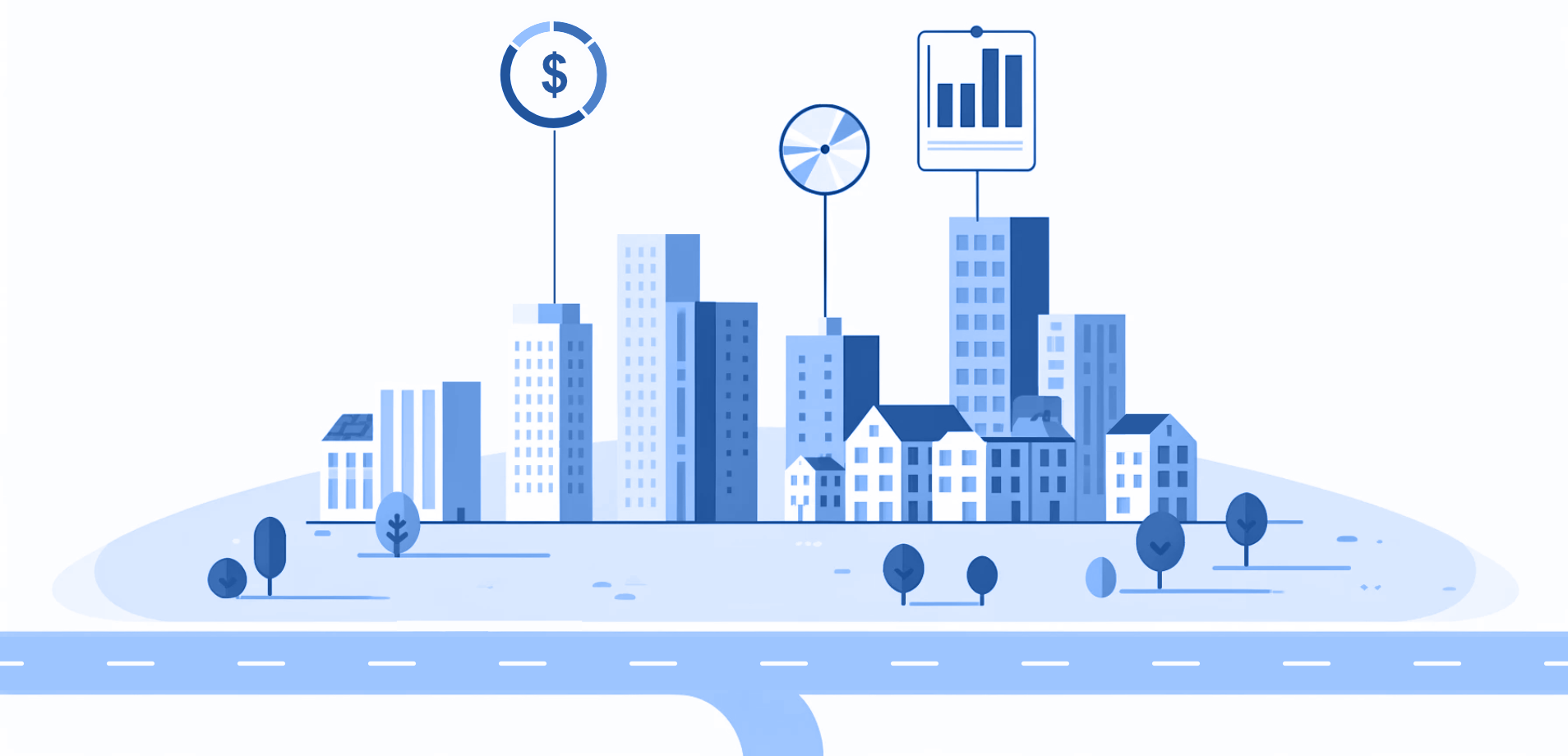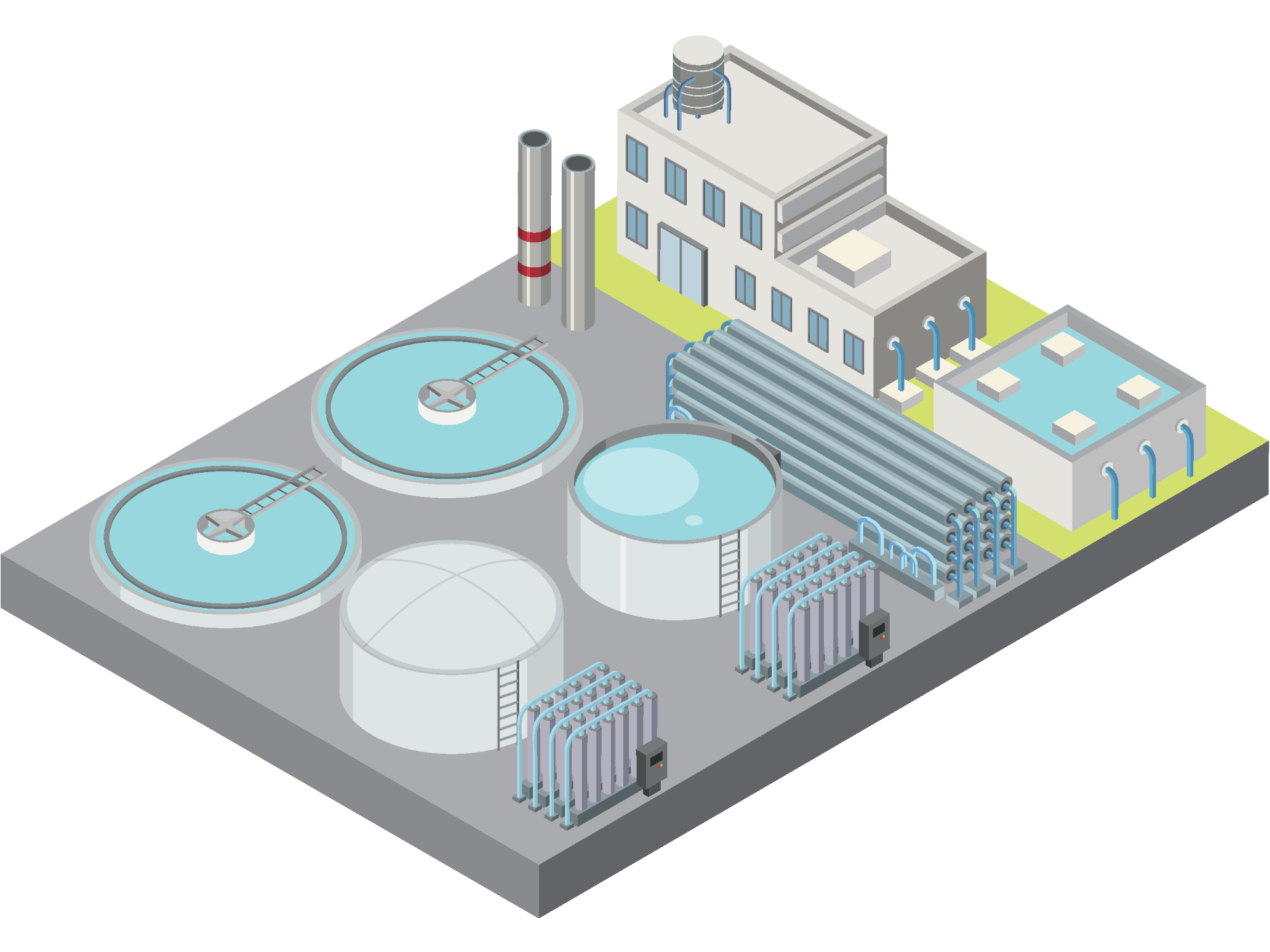The Case for Maintenance Management Readiness

Anything that could be classed as an "asset" to an individual or an organization requires some level of maintenance management to continue delivering the value that makes it an asset. When the assets are large in scope, critical, and complex, it is necessary to carefully unpack in advance what level of maintenance will be required and that a system is in place to ensure that critical inspections and that proactive maintenance practices happen on schedule.
Everyone can relate to the benefits of "Maintenance Management Readiness"

If you own a vehicle or a home you are well-aware that investing in maintenance management contributes to value-delivery in the management of your life. If you don’t maintain your car, for example, you are likely to experience a breakdown and you will probably incur unnecessary hardship like being late for work or missing work for a day entirely while waiting for a tow-truck and getting your car to the shop. The cost is more than just the cost of the repair, there are secondary consequences to consider including loss of reputation or revenue. Worse, the incident could have caused an accident and caused physical injury to you, your family members or others. A right-sized maintenance program will result in improved reliability and the avoidance of many such consequences by addressing the causes of failure.
Owners who consider both the capital cost and the cost of maintenance over the expected life when they buy a car will pay more up front to get a car that is more reliable, easier to maintain, and will last longer. By considering proactive maintenance costs as a natural component of asset selection and financial planning, they realize the benefits of higher reliability for a lower total cost of ownership.
Most, if not all, auto manufacturers ensure that their product is in an operations and maintenance-ready state at the time of purchase. They understand that the reputation of their brand, reliability of their product, and value for money to the consumer will ensure the longevity of their business. For example, all the necessary information for operations and maintenance have been identified and can be found in the owner's manual tucked neatly into the glove box. There will also be a well-organized system of support to help ensure the maintenance requirements are met. For example, critical sub-systems of the car will have come with pre-installed computerized monitoring systems and easy-to-understand dashboard warnings. These days, online monitoring of these critical systems by the manufacturer might even be standard. There is an accessible network of maintenance shops provisioned to provide all the necessary skills, materials and work management systems to proactively remind owners to schedule inspections and tune-ups according to the recommendations. When problems occur, critical information can be communicated efficiently throughout the system to every dealership, registered mechanic, and registered owner.
Did you know? Municipal assets are not typically turned over "Maintenance Management Ready"

In comparison, when a village, town, city, or regional district takes control of operating and maintaining a much larger and more complex asset such as a water treatment plant, or a recreation facility, it is often the case that municipal staff must figure out the best-practice maintenance requirements themselves. Often, they are trying to accomplish this in the absence of core data that was readily available during design, acquire, build, and commission stage. The scale and scope of this task is such that very few municipalities manage to set up their maintenance management program at the right time, if at all. As a result, municipalities can be subject to expensive outages that, like the breakdown of your car, involve costs that go well-beyond the cost of repair.
It is not quite fair to make a direct comparison between a) the maintenance management readiness provided by car manufactures and b) the maintenance management readiness provided by organizations that have designed and built a complex infrastructure asset for a municipality. Municipal infrastructure projects are each uniquely designed and built. On startup each is tied-in to an existing system of assets that has been built over decades - and each of those systems is also unique.
This reality requires each municipality to become much more proactive than the typical car owner in both specifying what it needs for 'maintenance management readiness' and in developing its own 'maintenance management' system. Failing to consider proactive maintenance costs as a natural component of asset selection and financial planning, can result in an unintended 'financial run-to-failure' scenario emerging, whereby asset demands for maintenance work outpaces the maintenance capacity. Consequences can be reduced reliability, and increase the total cost of ownership of public infrastructure.
The Project

Even though every municipality's system is unique in some ways, there are obviously many commonalities and, recognizing this fact, Canadian municipalities are actively working together to share learning and to advance asset management systems and practices. One of the key enablers of this development has been the Municipal Asset Management Program (MAMP) which has been delivered by the Federation of Canadian Municipalities and funded by the Government of Canada.
In the context of the MAMP program, from 2022-2024, PEMAC partnered with Toronto Metropolitan University to undertake a project which would a) shed light on the spectrum of how Canadian municipalities currently address 'maintenance management readiness' during the design and construction phase and given the findings, b) develop recommendations and a case for change.
Initially the project was titled, Leveraging Asset Master Data at the Acquisition Stage, which was based on a recognition that, at a minimum, maintenance management readiness could be advanced by helping municipalities to specify what Master Data they must receive at turnover to operations and maintenance (and in what format).
In the end, the project covered many more aspects of what "Maintenance Management Readiness" entails as well as how a municipality must advance in both Maintenance Management Readiness (during the acquisition phase) and Maintenance Management (during the operations and maintenance phase) to achieve the benefits indicated in the business case. The new title, "The Case for Maintenance Management Readiness" captures the broader scope of the project.
This project has focused on the current reality of Canadian municipalities. Still, the concepts and principles are generalizable to every kind of organization and asset.
The project included conducting in-depth national research, the development and delivery of a course to two pilot cohorts, as well as the development of a set of knowledge products that will support ongoing improvements of organizations across all sectors in this area.
The Bottom Line
If the entire lifecycle of an asset is taken into account, then:
True to the definition of Asset Management (coordinated activity of an organization to realize value from assets) this is a formula that is easy-to-understand but difficult to achieve. With complex assets across a large system, different levels of understanding and different contributions are required from individuals across every level of responsibility, every role, and function of an organization.
Given the increasing demands on municipalities due to the impacts of climate change as well as societal forces which are often divisive, we sincerely hope that this project offers a contribution to the requirements of continuous improvement, adaptation, and advancement in "coordinated activity of an organization to realize value from assets" that we can build upon for years to come.
Learn More
Watch a recent presentation, where a panel of experts involved in the project shared key insights and considerations that can benefit organizations across all sectors.
Knowledge Products
 |  |  |
| Guide - English | White Paper - English | Business Case - English |
This project has been conducted by Toronto Metropolitan University and PEMAC Asset Management Association of Canada through an initiative that is offered through the Municipal Asset Management Program, which is delivered by the Federation of Canadian Municipalities and funded by the Government of Canada. Funding for the partner Municipal grants is provided by the Municipal Asset Management Program (MAMP), an eight-year, $110 million initiative funded by the Government of Canada and delivered by the Federation of Canadian Municipalities. The program provides asset management training, funding, and information sharing to enable municipalities to access the data needed to plan effectively.





